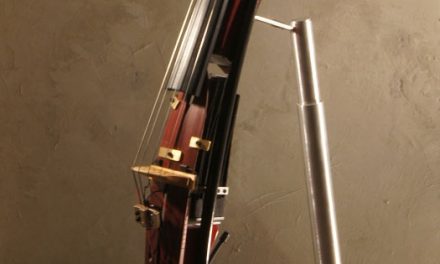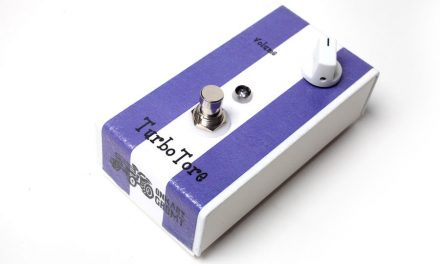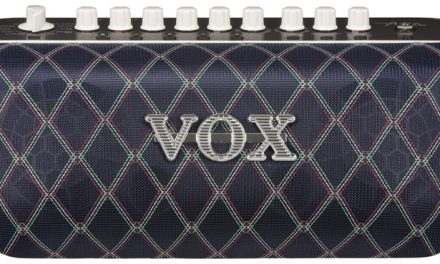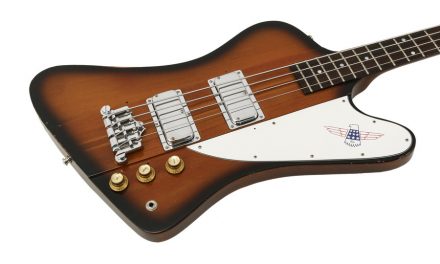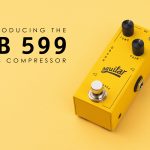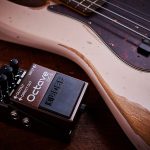Part One Of Our Essential Guide to Buying Bass Gear
If you’ve never played or owned a P-Bass – you simply have to! It’s an amazing testament to Leo Fender’s ideas and design that despite all the world’s advancements, the P-Bass is still one of the best-selling instruments in music today. This is the bass guitar that started it all. In just its raw state it offers such a wide range of different tones, and depending what kind of music you play, by using the tone control you can near enough make it sound any way you want it to. Often copied, but never bettered, the Precision’s erstwhile simplicity in terms of construction and electronics means that it’s robust enough to handle all the rigours of worldwide road life and still come up with the goods. Plus, studio engineers absolutely love them.
Buying Tips
Buying tips? Well, original spec is always best: try to buy one as it left the factory, especially if it’s a USA model, though well fitted pickup upgrades on Japanese versions are also a good thing. Extra retro-fitted pickups will reduce rather than increase value. Original bridges look flimsy, but work surprisingly well. Recent USA models are strung-through from the rear of the body, arguably improving tone, as per ‘50s models, but – overall – a good original P-bass is a bass for life.
Things to remember…
- They can be heavy with wide necks and wide string spacing.
- For tone: ‘60s models sound warm and full bodied.
- For price: Mid-late ‘70s now give vintage-esque tones, but watch build quality.
- Price, colour and condition are everything.
- Look for bad paint jobs and make sure the neck plate retains the four main screws. If they’ve been removed a lot then ask why. Pickup should be original. Check volume and tone controls work OK.
- Check the headstock for major cracks (the odd battle scar is OK). Open gear machineheads work forever unless abused, so look out for sloppy repairs with oversized retaining screws. The neck must be near straight.


